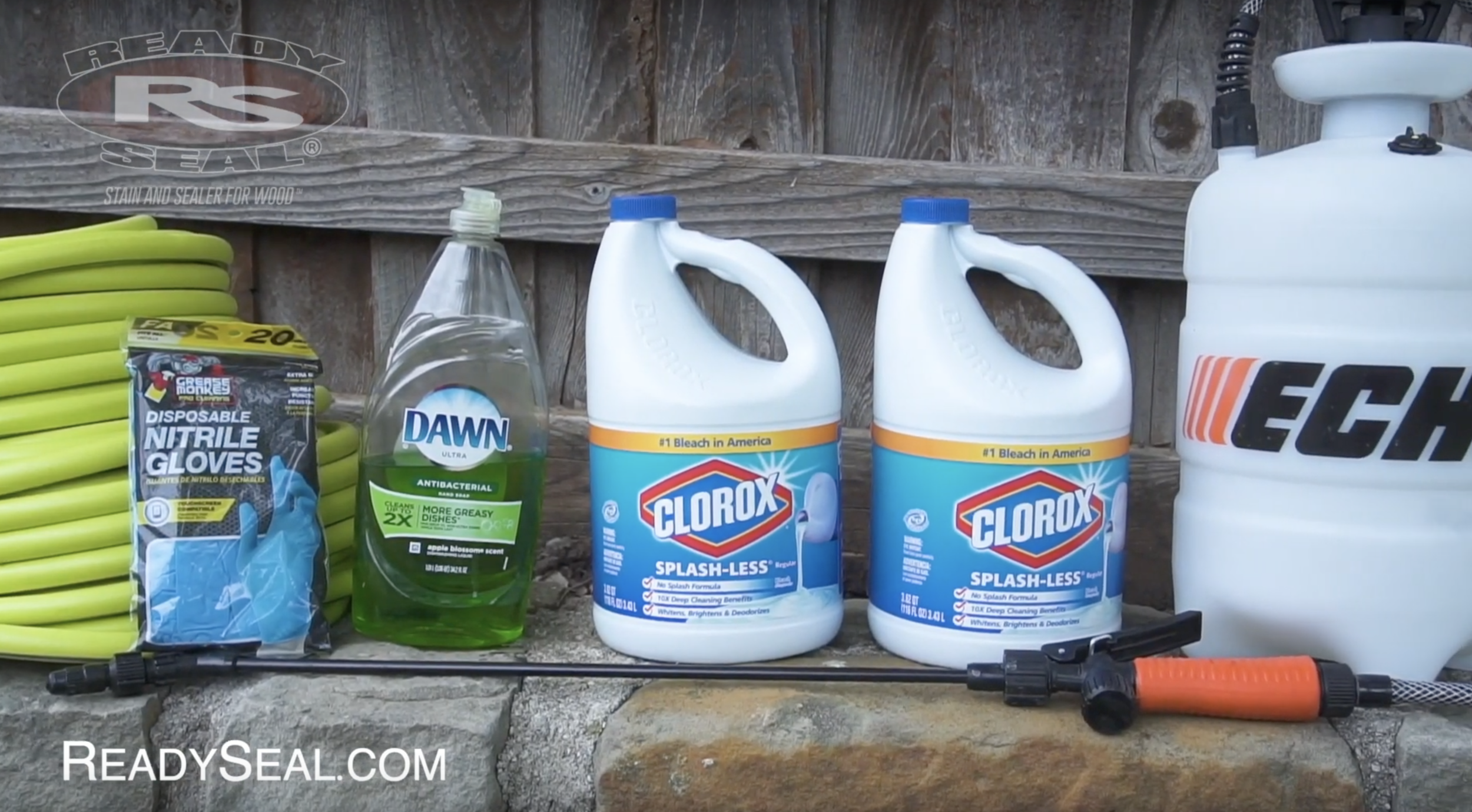Here's some advice from the experts at DFW’s iconic retailer Gold Star Appliance & Lighting.
Over 60 years in business and one of the most frequently asked questions is
“What appliances will help me sell my home quickly, and for the most money?”
Here are a few things to keep in mind when buying appliances for your kitchen when you are planning to sell:
1.) Stainless is the best choice for resale for any and every brand.
Why? Stainless is timeless. The appliance industry has almost put to rest the almond and avocado green that is nearly impossible to match for the consumer. Stainless steel is versatile, and in terms of resale, it is able to be styled for the new buyer in multiple different ways. Stainless appliances are not the focal point of the kitchen, but instead a wonderful additive to the beauty of the kitchen overall. Stainless (in most cases) is normally a comparable price to black and white appliances as well, so don’t count it out if you are budgeting. Ask your sales associate about sales, special pricing, and package rebates. You will be pleasantly surprised.
2.) Stay away from over computerized, smart appliances if you can, or study your neighborhood demographic heavily before making smart appliance purchase.
Why? Smart appliances are beautiful and wonderful for the right consumer, but that is the catch...“right consumer...” If you plan to sell your home, putting a smart refrigerator with a computer on the front panel that has a $2500 and up price tag may steer away possible buyers. This is why we recommend studying your area. If your neighborhood is the hot spot for young couples and families, a computerized appliance may add value. However, if your neighborhood is high-end luxury, or filled with new retirees...keep it simple. High end luxe built-ins are made to be sleek and clean, and couples 45- up most often prefer a simpler appliance. There are multiple opinions on this subject, but from our experience, this is what works here in DFW.
3.) Upgrade from an over the range microwave/hood combo to a dedicated vent hood and build in a microwave if possible.
Why? Kitchens start to gain a luxury feel when the microwave moves from above the oven. While that seems like such a small upgrade, it raises the value of your kitchen substantially. Your appliance and lighting specialist can speak with you about making the change in your cabinet, and if the option is good for you. This small $300-$400 upgrade could make your kitchen worth about $1000 more as long as you aren’t adding extensive cabinetry work and electrical to the mix. Do not be afraid to ask your Appliance and Lighting Specialist to come to your home and check it out. At Gold Star Distributor we do this for free. By coming out and checking over your kitchen for this upgrade, we can save you time and money before deciding if you want to spend the capital to bring out an electrician or cabinetry company to cut the hole. The process overall is extremely simple.
4.) Upgrading to a gas range or range top from a slide gas range or a gas cooktop.
Why? If you already have a gas cooktop or a glass slide-in range, the cost to upgrade to a commercial gas range isn’t a huge difference in price, but it is a phenomenal difference in the look and cooking ability. By getting a commercial-grade range you give your home buyer a heavy curb appeal, and much higher BTU’s. For example, you might put a Bosch kitchen package in, and a Thermador range top or range. All of the units will match, but that Thermador range top or commercial range would be the cherry on top that really makes your kitchen top tier.
5.) If you are replacing the entire kitchen, keep all of the appliances the same brand.
Why? By keeping all of the appliances the same brand, you are most often eligible for some fantastic rebates. We have seen rebates anywhere from $1000 - $6000 all due to staying within the same brand. The second largest reason... the handles on your appliances. Yes, we know it sounds crazy, but handles are a touchy subject for consumers and most consumers prefer they all match. Keeping all of your appliances the same brand gives the kitchen a cohesive look overall, keeps money in your pocket, and makes everyone happy.
6.) Lastly... Do not cut corners (unless you have to for fitting of course...)
Why? When buying a home, kitchens sell. People spend most of their time in the kitchen with family, friends, etc. Build the price of your kitchen into selling your new home, and spend time with your Appliance and Lighting Specialist. Do not be afraid to ask a million questions to make sure you are really picking out the right package to sell your home, in the grand scheme of things, this should be an investment that will make you money.
P.S. Not all appliances retrofit.
From built-in refrigeration to range tops, specifications vary. Speak with your Appliance and Lighting Specialist if you are unsure at all. They are always happy to come out and measure free of charge. An awesome thing to do, no matter what company you are shopping with, take a picture of your current model numbers and bring them with you. Then, your Appliance and Lighting Specialist can match the sizing of your current appliances and give you the best feedback possible.
We hope this helps in your kitchen remodel/resale process! Ask Gold Star Distributor more questions by emailing customerservice@goldstardistributor.com or call us at (972) 238-9541!













